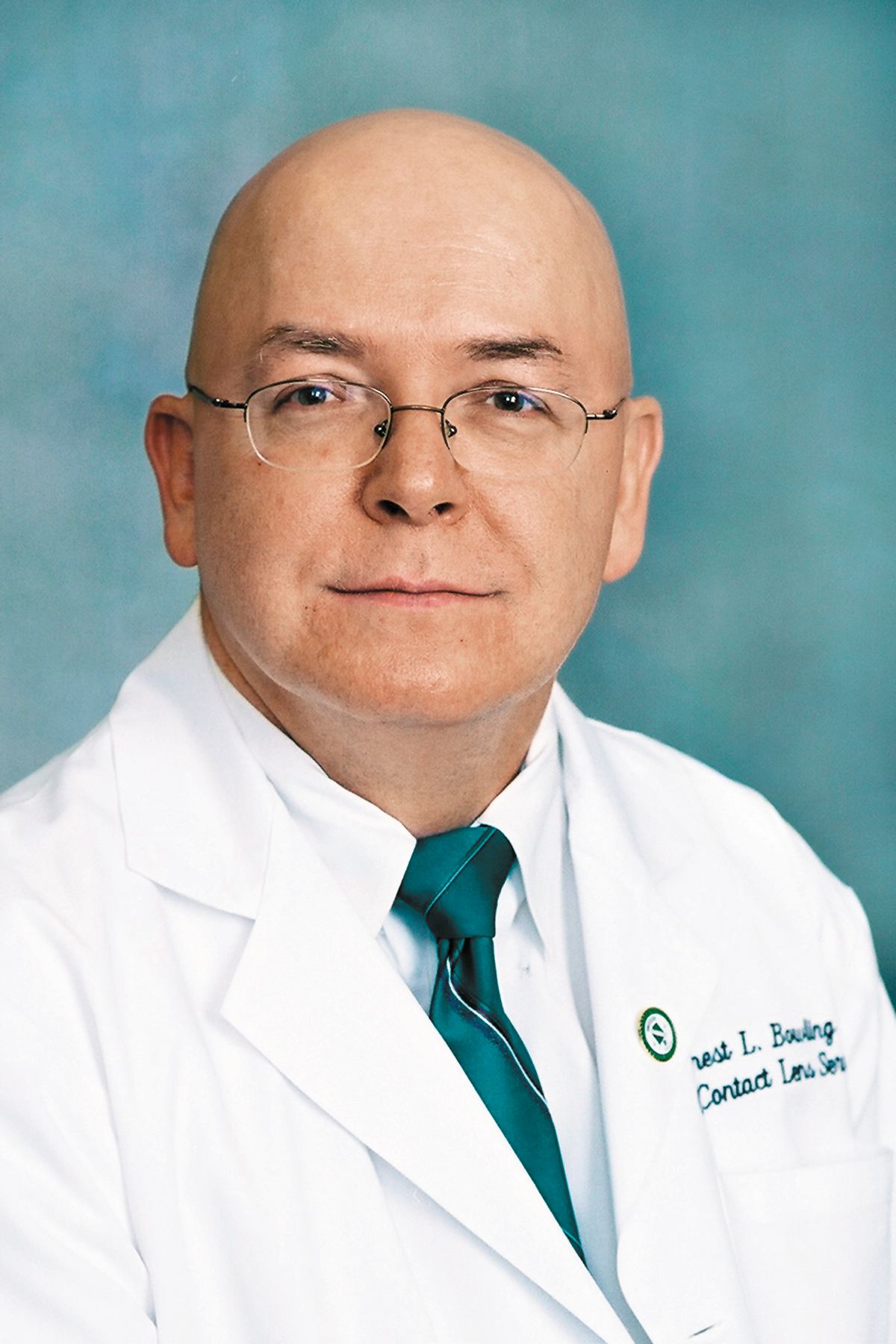The shifting sands of vision care plans
Every optometrist proudly echoes the changes in our profession and the increases in our abilities to care for our patients. Yet there have been other changes at work that have not been so great, and in fact I hold to be the greatest challenge to our profession for the future: vision care plans.

Every optometrist proudly echoes the changes in our profession and the increases in our abilities to care for our patients. Yet there have been other changes at work that have not been so great, and in fact I hold to be the greatest challenge to our profession for the future: vision care plans.
Forgive my remembrances, but when I bought my practice in 1991, it was at the end of the golden age of optometry. The only insurance we took was Medicare and Blue Cross. There was no such thing as vision plans in my area. When the first few came along, we always looked at what was the penetrance of the plan in our service region, and did the vision plan cover my chair cost. Early on, believe it or not, a few of them actually did.
A generation later, today's market is radically different. There is no way the shrinking reimbursements on these plans are ever going to cover my chair costs. Vision care plans have to make a profit, and one way is to reduce payments to providers.
Initially, the reduced fees did allow us to make a profit on materials, so that was how we justified accepting the plan. We'll see more patients and will make it up with volume. That is no longer the case. The profit has been taken out of the contact lens market, spectacle profits are rapidly shrinking, and reimbursement for exams is not what they once were.
The recent move by Superior Vision to allow its customer base to buy their contact lenses directly online is but the next step in the process. Superior did postpone that move after pushback from its supplier and from participating optometrists, but it is probably just a temporary reprieve from the inevitable. It is hard to remain stable when the ground is shifting beneath your feet, and vision care plans are constantly evolving and changes seem to also erode your income.
So what is a private-practice optometrist to do? Unfortunately, I have no answers. Reviewing each plan to see if it makes sense for your market is an individual step. It is going take a concerted effort collectively to change the dynamic, or else we’re all just going to frantically work ourselves completely out of business.
Newsletter
Want more insights like this? Subscribe to Optometry Times and get clinical pearls and practice tips delivered straight to your inbox.